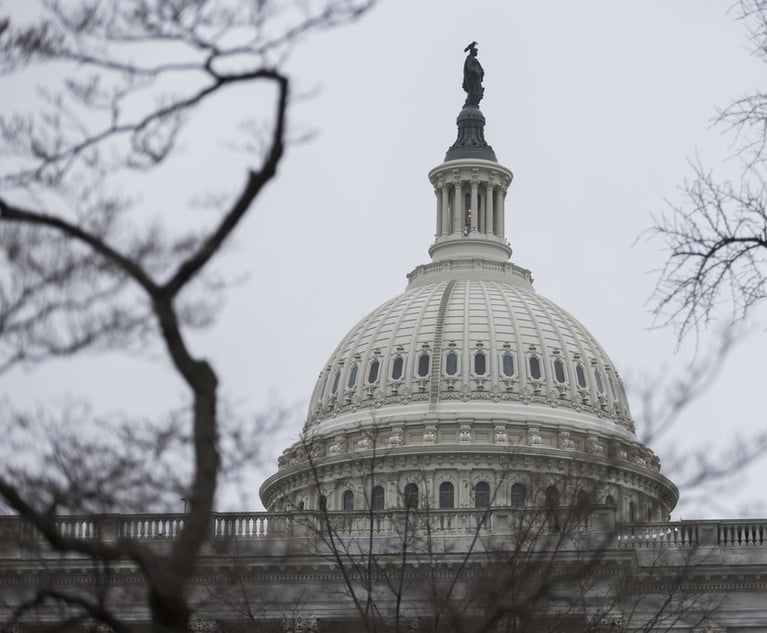Dear creditors attorneys: After nearly two years of dealing with Subchapter V of Chapter 11 of the Bankruptcy Code (Subchapter V), I know your spirits are down. It’s been a frustrating road for you, and I get it. But I am here to pick you up, wipe your tears, and remind you that subchapter V is not all that bad.
For those of you who don’t know, the Small Business Reorganization Act of 2019 (the SBRA) created a new type of bankruptcy; Subchapter V, which took effect on Feb. 19, 2020. Subchapter V, codified as 11 U.S.C. Section 1181-1195, was designed to provide a cheaper, faster, more efficient way for “small business debtors” to reorganize their debts under the Bankruptcy Code. In doing so, Subchapter V provides tremendous benefits to eligible debtors, and simultaneously strips many valuable forms of ammunition from creditors. Among other benefits, only a debtor can propose a Chapter 11 plan under Subchapter V; creditors cannot propose their own, competing plans. Subchapter V also does not require that anyone accept a debtor’s proposed plan. Subchapter V debtors also do not have to pay Quarterly Chapter 11 U.S. Trustee fees, do not have follow the “absolute priority rule,” nor do they have to file lengthy disclosure statements in connection with seeking approval of their Chapter 11 plans. Not to mention that cramdown, i.e., obtaining approval of a plan over the objection of a class of creditors, is much easier in Subchapter V than in traditional Chapter 11 cases. For eligible debtors, Subchapter V is a dream. From a creditor’s standpoint, Subchapter V is understandably, a bit of a bummer.


 Alan Rosenberg of Markowitz Ringel Trusty + Hartog. Courtesy photo
Alan Rosenberg of Markowitz Ringel Trusty + Hartog. Courtesy photo




